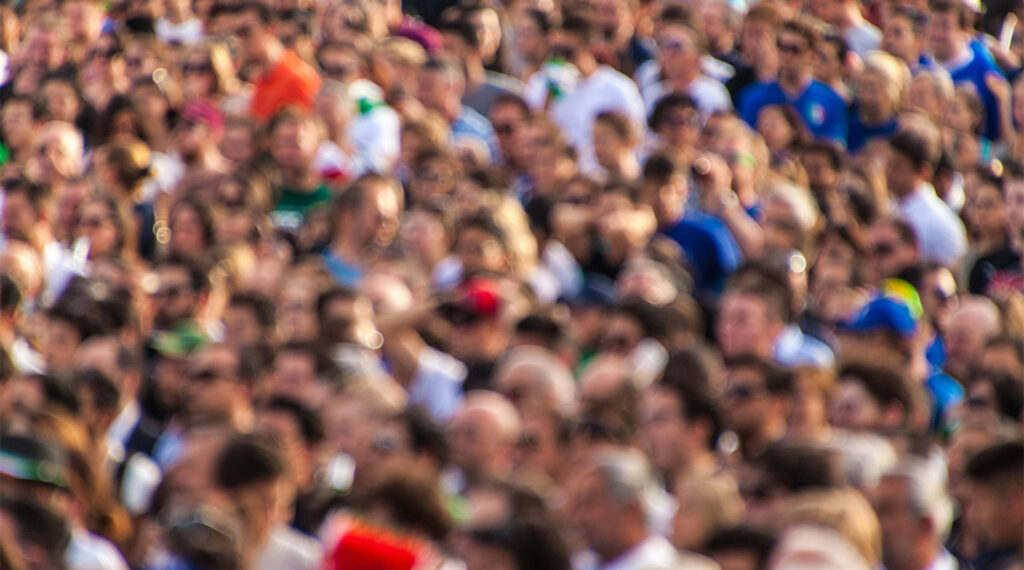Guardians of equality: Why we must invest in the institutions that protect the most marginalised

In recent years, many of us have come to understand a difficult truth: equality is not always protected by default. For marginalised communities in Europe (be they racialised groups, people with disabilities, LGBTIQ+ individuals, or those facing poverty), discrimination, harassment and even violence remain part of everyday life. The fight for equality is ongoing, and some of the frontline defenders of that fight are often the least recognised: Equality Bodies.
Equality Bodies are independent public institutions established under EU law to promote equality and combat discrimination on various grounds including race and ethnic origin, gender, religion or belief, disability, age, or sexual orientation. Some have wider mandates, tackling systemic inequality on grounds like socio-economic status, gender identity, or health status. They are independent by design, yet often constrained in practice: not by lack of will, but by lack of political backing, legal power, or resources.
They are also a uniquely European innovation, and a concrete expression of the EU’s commitment to equality and non-discrimination. Equality Bodies were established and generalised across Member States through the Race Equality and Gender Equality Directives in the early 2000s. As such, they represent a rare example of an EU “good practice” that turns international legal principles into national, practical protection. They are the embodiment of EU equality law, showing what it means to implement rights and safeguards not just on paper, but in people’s everyday lives.
At Equinet, the European Network of Equality Bodies, we see the immense potential these institutions carry. With the right mandate, staffing, and support, Equality Bodies can change lives. They can provide legal redress and assistance to victims of discrimination. They can prevent abuse through awareness-raising. They can hold public and private actors accountable. They can influence policy. And often, they can do all this while bringing an intersectional lens to the work: acknowledging how racism, ableism, sexism, transphobia, and other systems of oppression overlap and reinforce each other.
But this potential is fragile. Across Europe, Equality Bodies face increasing pressure: political interference, shrinking budgets, and a wide-spread backlash against equality, affecting many marginalised groups. The recently adopted EU Directives on Standards for Equality Bodies mark a crucial step forward, setting legally binding minimum standards for independence, accessibility, and resourcing. Yet, as with many rights-based mechanisms, implementation will be the real test.
We must ensure that Equality Bodies are not symbolic tokens, but practical institutions with the teeth to act and the ears to listen. This means making concrete investments: in institutions and in people.
And here is where philanthropy has a unique and underused role to play.
The philanthropic sector often leads the way in recognising gaps in protection and laying the foundations for long-term change. It funds social movements, research, and frontline services. But it can also act – more intentionally – as a guardian of institutions that protect rights. While philanthropy cannot replace the responsibility of governments, it can supplement and safeguard it.
In an increasingly polarised political landscape where extreme right discourses and fascist ideologies progress steadily, philanthropy can help Equality Bodies remain connected to the communities they serve. It can fund bridge-building initiatives between civil society and public institutions. It can support capacity-building, data collection, or strategic litigation. It can offer quick responses when Equality Bodies face targeted attacks, and it can be a partner in amplifying their successes.
During the Covid-19 pandemic, some Equality Bodies played a crucial role in protecting victims of domestic violence, advocating for fair vaccine access, and monitoring the impact of emergency measures on vulnerable groups. In the face of the climate crisis, they are beginning to sound the alarm on environmental policies that disproportionately harm racialised communities, people with disabilities, or those living in poverty. By highlighting the intersection between environmental injustice and structural discrimination, they remind us that climate solutions must also be equality solutions. In many countries, Equality Bodies also act as watchdogs for equality and rights, standing up when LGBTIQ+ communities face threats or rollback of protections by governments. Their independence and institutional voice are often among the last lines of defence for those who are most marginalised. These are not symbolic acts. They are acts of institutional courage, and they must be sustained.
The good news is that we now have the tools to do so. The Standards Directives offer a unique opportunity to reinforce and reimagine what equality protection can look like across Europe. But ambition will require allies. Governments will need to be held accountable. Civil society must remain engaged. And philanthropy, with its capacity for long-term thinking and responsive action, can be the connective tissue that holds it all together.
This is not just a legal or technical matter. It is a collective choice: do we want our societies to merely proclaim equality, or to practise it?
If we are serious about the latter, then we must back the bodies that make it real, not only with supportive words, but with resources, trust, and shared purpose. In short: we need to invest in equality like we mean it.
Authors

